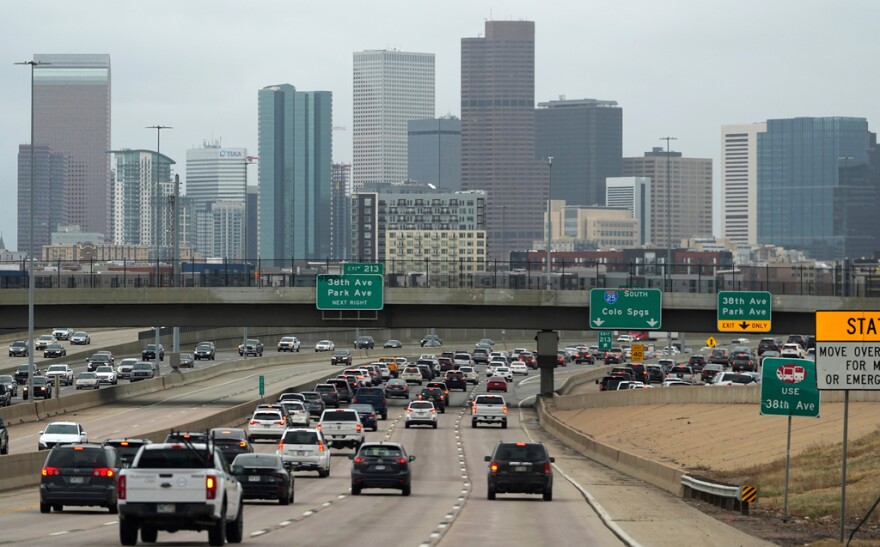New data from health researchers highlight problem spots for Colorado children when it comes to auto-pedestrian accidents. The results show that certain neighborhoods put kids at higher risk for these incidents.
Get top headlines and KUNC reporting directly to your mailbox each week when you subscribe to In The NoCo.
Dr. Shannon Acker, an associate professor of pediatric surgery at the University of Colorado School of Medicine and the trauma medical director at Children’s Hospital Colorado, led the research along with Dr. Emily Meyers, a Pediatric Surgery Critical Care Fellow.
“This study is built off of some previous research where we were looking at differences in how children were injured, the mechanism of injury and severity of injury based on where children lived,” said Dr. Acker. “We looked at data from our trauma center here at Children's Hospital Colorado. We found that the ways that children were injured varied based on a marker of deprivation at the neighborhood level.”
The marker is called the Area Deprivation Index. The number runs from zero to 100 for each community. The number factors in income inequality, levels of education, the median home price, and other elements. The results showed that children living in areas with higher deprivation were more likely to be injured in auto-pedestrian accidents. In short, children in poorer or more disadvantaged neighborhoods face a higher risk of being injured by vehicles.
According to the study, the data comes from 321 pediatric patient injuries from 2016 to 2024 that resulted in a visit to Children’s Hospital Colorado. At this time, the research focuses exclusively on Denver County.
The report highlights multiple areas, but it found the two worst intersections to be at Federal Blvd. and Exposition Ave., and Federal Blvd. and Jewell Ave.
While the data is specific to one area, researchers hope to use the information to improve dangerous spots across the state.
“We have a lot of work still to do. But I think what was the coolest takeaway from the project is that we used this coding analysis to identify specific intersections. And we went to the intersections and did these environmental surveys to see if they were mixed-use neighborhoods, to see what the speed limits were, to see if there was a median, to see if there was a crosswalk.”
While the specifics of infrastructure are not a straight connection to the issues, Dr. Acker believes those may all be factors. She even noted that the intersection of Federal Blvd. and Exposition Ave. saw an improvement from 2022 to 2024, compared to the numbers from 2016 to 2021. One noted change at the spot included a median added to the road.
Other findings included pulling numbers from the Colorado Department of Transportation and noting the times of the incidents. A big takeaway is that most of these incidents happen after school between 2:00 and 6:00 p.m.
So does this mean there’s a need for more crossing guards or other restrictions? Would more crosswalks help? Lower speed limits? These questions are all front and center as the research moves forward.
First, researchers want to expand their scope to more areas of the Denver metro area and then use data from CDOT to look into nearby cities like Fort Collins and additional regions to capture a better picture of the issues seen across the state.
From there, the information could be used to implement improvements and make other changes to help protect children from auto-pedestrian crashes.
“Instead of advocating for just broader, slower speed limits and more crosswalks, we can use the two data sets that we have to really hone in and identify intersections across the state,” said Dr. Acker. “And then we can partner with our government affairs folks here at Children's and also state legislatures to advocate for better interventions at those specific intersections.”
A recent research paper that used the data found that there is one pedestrian-motor vehicle accident every 64 minutes in the U.S., and that thousands are injured each year.



